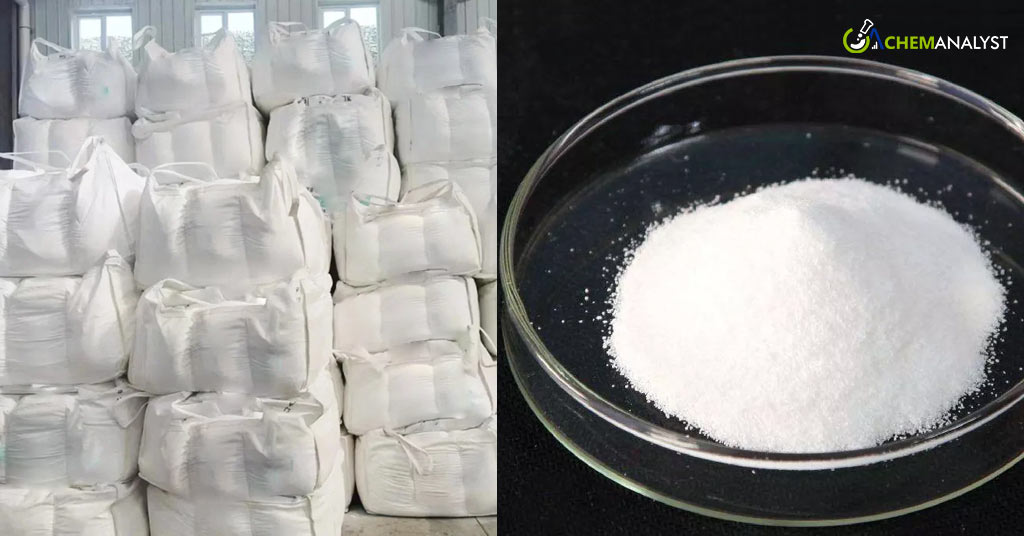Global Adipic Acid Prices Hold Stable Amid Regional Headwinds
- 13-Feb-2024 2:16 PM
- Journalist: Motoki Sasaki
The price of Adipic Acid has indeed maintained a narrow price range across global markets, including Europe, the US, and Asia regions over the past few weeks. This stability in Adipic Acid prices suggests a balanced market condition with consistent supply and demand dynamics across these regions.
In the European market, the demand conditions for Adipic Acid originating from downstream automotive and electrical sectors remained bearish. Furthermore, in Germany specifically, sales of new cars experienced a decline in January, with a notable plunge in demand for electric cars. The contrast between the surge in December and the decline in January suggests a possible impact of policy changes on consumer behaviour within the automotive sector, which in turn could affect the demand for Adipic Acid. The Adipic Acid market faced challenges as fresh orders from potential customers remained weak. Additionally, trading activities in the international market experienced a reduction, primarily attributed to supply disruptions in ocean routes.
Simultaneously, in the US market increased transportation, supplier, and fuel costs accelerated the pace of input price inflation in January. Despite a rise in new order inflows, manufacturers reported a decline in output during January. Supply disruptions caused by severe storms and transportation delays reportedly hindered firms' expansion of production. Additionally, the consumption of Adipic Acid remained within an average range, stemming from downstream textiles and automotive sectors. It's noteworthy that automakers typically observe the highest vehicle sales in December 2023 and the lowest in January, leading to an expected decline in sales during this month. Production of Adipic Acid and other materials faced hindrances due to a renewed decline in supplier performance and extended input delivery times. The increase in transportation costs contributed to higher input prices for the month, reaching a nine-month high in terms of cost inflation.
Despite the upward trend in the benzene market in Asia driven by gains in crude oil prices and pre-Lunar New Year restocking activities, the Chinese Adipic Acid market followed a similar trend. Furthermore, the downstream passenger vehicle segment in China experienced a brief loss of momentum, with a majority of automakers reporting a significant sales drop of 37% during the traditional low season. This decline in automotive sales could have contributed to the overall market conditions for Adipic Acid. Additionally, the manufacturing Purchasing Managers' Index (PMI) remained unchanged from December in the Chinese region. A stable PMI suggests that business activity in China was moderate during this period, which could have influenced the demand and pricing of Adipic Acid in the Chinese market.



